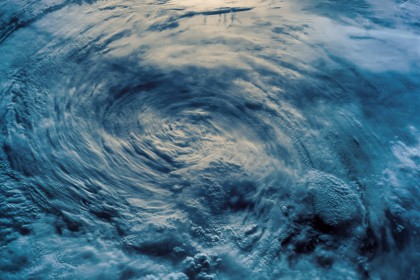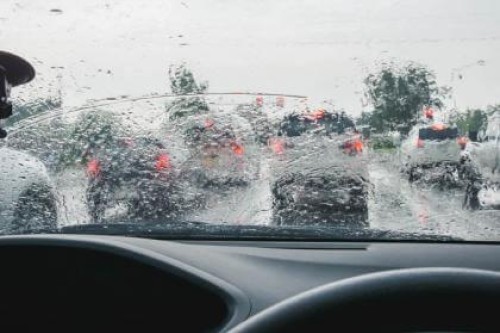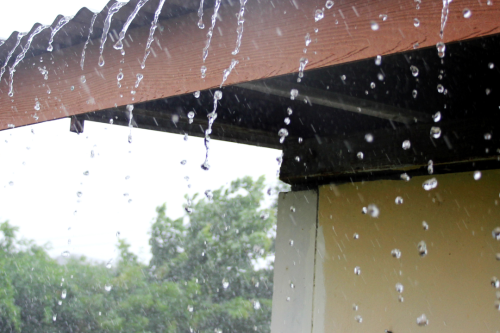
Did you know that cyclones can lead to damage in regions – sometimes thousands of kilometres away – other than those they directly impact.
In the Northern Territory, cyclones can appear and vanish in the blink of an eye. But have you ever wondered what makes them tick? Join us on a journey to uncover the secrets behind how cyclones form and pick up tips to stay one step ahead when the winds start to stir.
What are tropical cyclones?
Tropical cyclones are intense low-pressure systems that develop over the tropical and subtropical oceans around Australia.
When and where do tropical cyclones occur?
Australia’s tropical cyclone season generally occurs from November to late April. The most at-risk areas of cyclones include the coastal regions of North-west Western Australia, Northern Territory and Queensland.
What are some of the impacts of tropical cyclones?
Several different hazards can individually cause significant impacts on homes and properties due to tropical cyclones. These include extreme wind and wind-borne debris, wind-driven rain, flooding, and storm surge.
Extreme winds can cause direct damage to buildings, as well as indirect damage through water ingress (when water comes into buildings), which can result in water damage and lead to recurring problems like mould and electrical issues.
Flash flooding and airborne debris propelled by destructive winds can cause damage to properties and even endanger people.
Storm surge (sometimes called storm tide or coastal inundation) can cause significant flooding of coastal areas and extend for hundreds of kilometres. If you live in a storm surge zone, check with your local council what the evacuation procedure is and ensure you abide by it when severe weather strikes. The impacts of tropical cyclones can also lead to significant coastal erosion.
How to prepare for a cyclone
Tropical cyclones are dangerous and can be quite destructive. Your safety is your responsibility, so help prepare yourself with these following tips:
- During cyclone season, regularly check the weather warnings from the Bureau of Meteorology at www.bom.gov.au or call 1300 659 210.
- Have an emergency plan in place and discuss it with your household members so everyone knows what to do in case a cyclone happens. Always remember to be considerate of pets and livestock. Decide the safest place to take your animal(s); if you cannot access your property in an emergency, make a backup plan to help keep them safe. If you’re unsure where to start, download the Get Prepared app to help develop your plan and create an emergency kit.
- When assembling an emergency kit, remember to pack any pet essentials, including a leash, harness, bedding, travel cage, medication, pet food and feeding bowls.
- If a cyclone is on its way, tie down or pack away any loose items on your property as these can be picked up by the wind and cause damage to properties and even endanger people.
- Use plastic tarps or waterproof sheets to cover windows and tape up the bottom of glass doors to reduce wind driven rain ingress into your home.
- Place temporary shutters over windows and other openings if they are likely to be exposed to flying debris.
- Place sandbags along the external door entrances if there is a flash flooding or river flooding risk.
- Ensure vehicles, caravans and boats are secured as much as possible.
Stay aware with weather alerts
With little warning, the weather can change quickly, so stay updated with forecasts and tune in to your local radio station for real-time weather warnings and emergency updates.
In Australia, the official emergency broadcaster is the Australian Broadcasting Corporation (ABC) Local Radio. Find your local ABC radio frequency here, mark it on your radio's dial, write it down, and make a mental note of it.
When severe weather strikes, other helpful online resources include:
- The Bureau of Meteorology (BOM).
- Your local council: visit NT Local Government Councils
- Your state emergency service via its website and social media platforms (Facebook and Twitter). Find Australia-wide emergency services here.

It’s important to make sure your home and contents insurance is up to date before cyclone season hits. Double check that the sum insured amount sufficiently insures your property and valuables, and if not, update your policy so that it provides adequate cover. Keeping your insurer and policy details in a safe place will make it easier for you to contact them in case a cyclone happens. To find out more about AANT Home and Contents Insurance click here.
Important information:
This insurance product is distributed by Automobile Association of Northern Territory Inc ABN 13 431 478 529, an authorised representative of the issuer Insurance Australia Limited trading as CGU Insurance ABN 11 000 016 722, AFSL 227681. Any advice provided is general advice only and does not take into account your individual objectives, financial situation or needs (“your personal circumstances”). Before using this advice to decide whether to purchase a product, you should consider your personal circumstances and the relevant the Product Disclosure Statement and Target Market Determinations from www.aant.com.au



